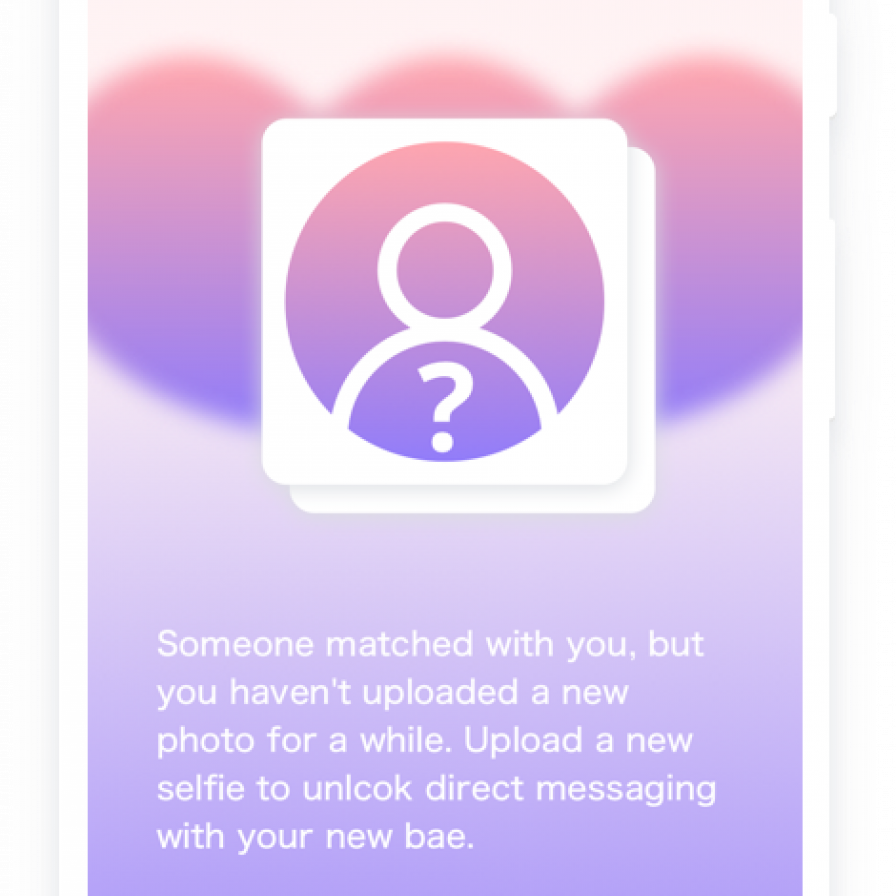How might we...
...make the identification process be both a natural part of the experience and a way to make people feel safe on the platform?
Identity and age verification are essential to people’s experiences on dating services. People that match want to make sure they can safely engage with one another and start communicating on the basis of mutual trust. For an app like Bae, making sure no underage users are on the service is key to providing an enjoyable experience to people as well as to avoid business risk.

Bae is a dating app designed for over 18s that matches people based on their shared interests and finds people who have mutual friends. Bae reviews accounts and may restrict access to accounts that are deemed to belong to underage users. Bae suggests a minimum of 15 matches per day. When both users like the match, they have the option to physically meet. Once they have met they can comment on their experience.
In order to provide the service, Bae is powered by some of the following data:

It can be difficult to verify people’s identities in a simple and swift way that doesn’t subtract from their aim to make connections.
How might we...
...make the identification process be both a natural part of the experience and a way to make people feel safe on the platform?

Finding love or simply someone to talk to is an intimate experience that can make people feel vulnerable. Bae wants to build as safe a platform as possible and communicate it to its users.
To keep its service secure, Bae regularly and proactively prompts people to update their profile picture. Because Bae is a dating app that mostly relies on selfies and a few facts to match up people, updating your profile picture can feel natural.
Bae cleverly incentivises people to do so by prompting them to update their profile picture when someone matches with them. The only way for one person to access the match (and maybe find the love of their life!) is to update their picture by taking a selfie. In addition, it encourages people using Bae to cultivate honest profiles that reflect who they are.

If it happens that Bae’s algorithm suspects someone might be inappropriately accessing the service, that person is given a few options to confirm their age: answering a few questions, booking a video chat or submitting an ID.
While this might feel annoying to someone old enough to use the app, Bae seizes the opportunity to communicate that it allows it to build a safe and trustworthy platform, which ends up benefiting everyone.

How might we build on Bae’s ideas to...